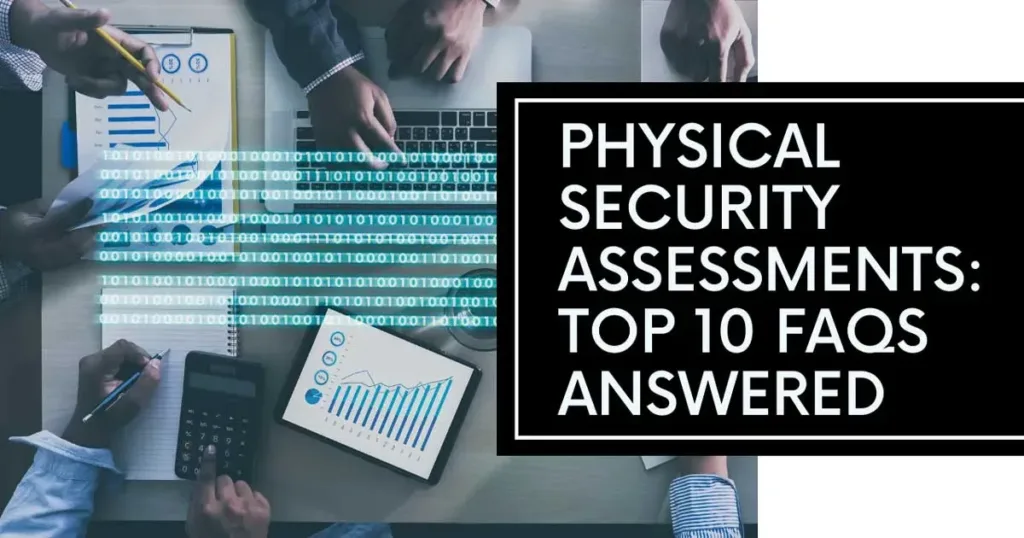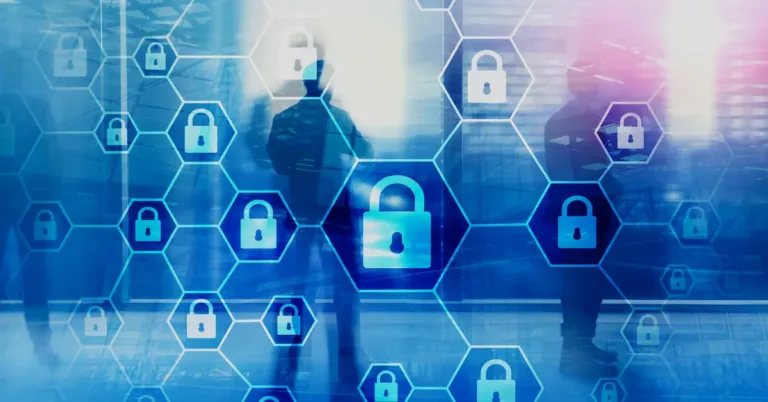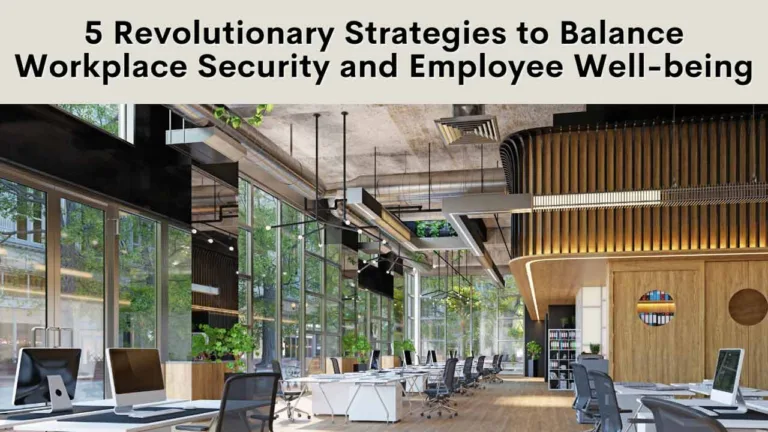In an era where business risks are more varied and unpredictable than ever, conducting a Physical Security Assessment for Businesses has become a cornerstone for safeguarding assets, ensuring employee safety, and maintaining operational continuity. This comprehensive guide delves into the top questions business owners have about physical security assessments, offering expert insights and actionable advice.
1. Why is a Physical Security Assessment Crucial for My Business?
A Physical Security Assessment for Businesses is vital for identifying vulnerabilities that could be exploited by unauthorized access, theft, vandalism, or natural disasters. By proactively identifying these risks, businesses can implement measures to mitigate potential damage, safeguarding both their physical and digital assets.
2. What Does a Physical Security Assessment Involve?
Such an assessment evaluates all aspects of your business’s physical security measures—from access controls and surveillance systems to emergency response protocols. It aims to uncover any weaknesses that could be exploited and recommends enhancements to fortify your security posture.
3. How Often Should I Conduct a Physical Security Assessment?
Best practices suggest conducting a Physical Security Assessment for Businesses annually or bi-annually. However, for businesses in high-risk areas or industries, or those experiencing significant changes in operations or assets, more frequent assessments may be necessary.
4. Who Should Perform the Physical Security Assessment for Businesses?
While some businesses have the in-house expertise to conduct these assessments, many benefit from engaging external security consultants. These specialists bring a fresh perspective, leveraging their experience across various industries to identify potential security gaps that internal teams might overlook.
5. What Are the Key Components of a Physical Security Assessment?
Key components include evaluating access control systems, surveillance and alarm systems, physical barriers, lighting, and the security of sensitive areas. It also assesses the effectiveness of security policies and procedures in place.
6. Can Digital Tools Enhance the Assessment Process?
Yes, digital mapping and design platforms significantly improve the efficiency and accuracy of physical security assessments. These tools allow for dynamic planning, enabling businesses to visualize potential security improvements and their impacts.
7. What Common Issues Are Identified During Assessments?
Commonly identified issues include inadequate visitor control, insufficient screening of third-party contractors, outdated or malfunctioning security equipment, and poor lighting in critical areas. Addressing these issues is essential for enhancing overall security.
8. How Does a Physical Security Assessment Benefit My Business?
Beyond mitigating security risks, conducting regular assessments helps in resource optimization, ensures regulatory compliance, and protects your brand’s reputation by preventing security incidents that could lead to negative publicity.
9. What Role Do External Partners Play in Enhancing Physical Security?
Collaborating with system integrators and manufacturers can provide access to the latest security technologies and insights, helping businesses stay ahead of emerging threats and ensuring their security measures are future-proof.
10. What Steps Can I Take Following an Assessment to Improve Security?
Following an assessment, prioritize the implementation of recommended security enhancements. This may include upgrading security technologies, revising policies and procedures, and conducting regular training for employees to ensure they are prepared to respond to security incidents effectively.
A Physical Security Assessment for Businesses is not just a checkbox for compliance; it’s a strategic investment in your company’s future. By understanding and addressing physical security risks proactively, businesses can ensure they remain resilient in the face of ever-evolving threats, protecting their assets, employees, and reputation.
References:
AlertMedia. (2024). Physical security assessment in 5 steps [+ template]. Retrieved from https://www.alertmedia.com
GetKisi. (n.d.). Physical security assessment | Best practices & audit process. Retrieved from https://www.getkisi.com
LogicGate Risk Cloud. (n.d.). 6 steps for better physical security risk assessment. Retrieved from https://www.logicgate.com
System Surveyor. (n.d.). How to conduct a physical security assessment. Retrieved from https://www.systemsurveyor.com
Take Control of Your Security with GTA
Ready to elevate your business’s security to the next level? Grab The Axe specializes in comprehensive physical and cybersecurity consultations and Physical Security Assessment for Businesses, designed to safeguard your digital and physical realms. Don’t leave your assets and safety to chance. Partner with us to harness the most modern and innovative security approaches tailored to your unique needs.
🔒 Visit Grab The Axe today to learn more about our services. Our team is ready to assist you in fortifying your defenses, ensuring you can focus on what you do best. Let’s work together to create a safer, more resilient future for your business.
Grab The Axe – Security in Hand.
To Learn More:
5 Revolutionary Ways Integrating AI in Physical Security is a Game-Changer for Modern Businesses
Secure Your Business Future with Comprehensive Physical Security Assessments – Grab The Axe






This Post Has 7 Comments
Pingback: Phoenix Arizona Security Solutions: Empowering Safety in the Valley of the Sun - Grab The Axe
Pingback: External Security Consultants for Enhanced Business Protection - Grab The Axe
Pingback: Unlock the Power of Protection: Discover the Unmatched Benefits of a Security Assessment - Grab The Axe
Pingback: Business Perimeter Security Solutions: Top 5 Essential Measures
Pingback: The Dual Edge of Hostile Architecture: Enhancing Security or Eroding Freedom?
Pingback: Secure Your Business Future with Comprehensive Physical Security Assessments - Grab The Axe - Grab The Axe
Pingback: Small Business Security Solutions: Fortify Your Future - Grab The Axe
Comments are closed.